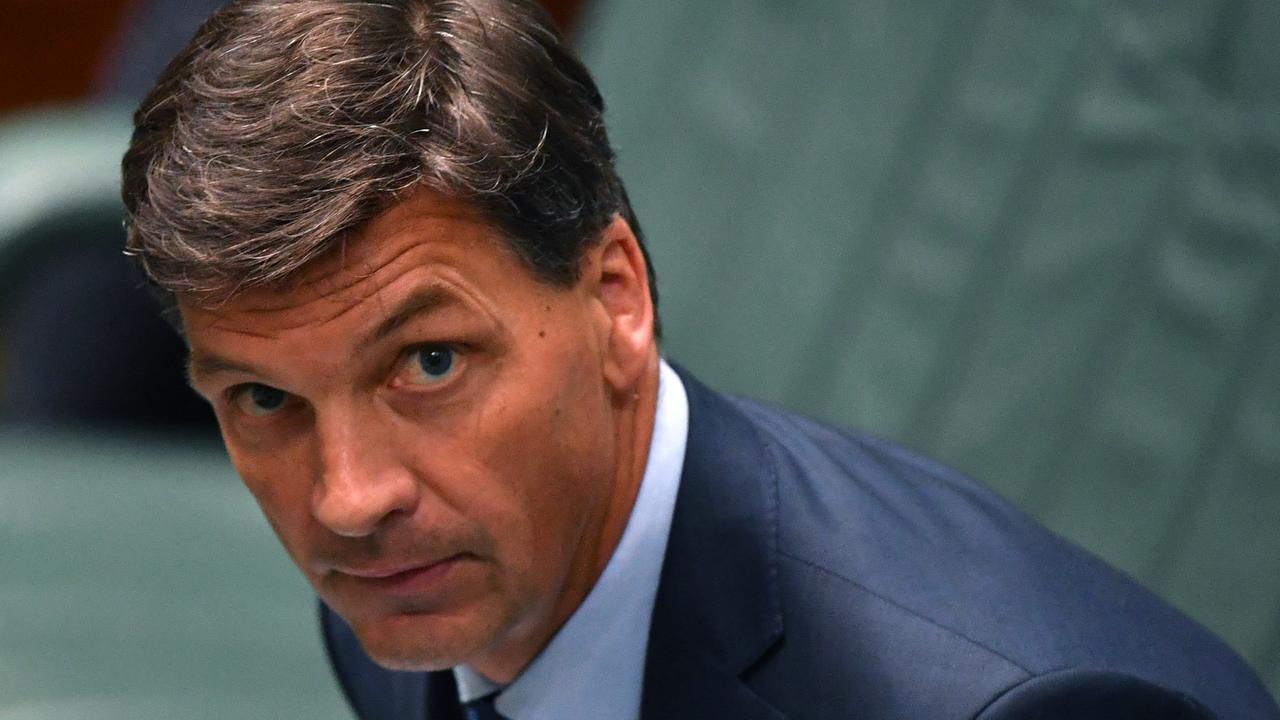Jay Weatherill pledges 75 per cent renewable energy target for South Australia
Energy Minister Josh Frydenberg slams Jay Weatherill’s 75 per cent renewable energy target as “complete madness”.
South Australian premier Jay Weatherill has committed Labor to a 75 per cent renewable energy target by 2025 — a move labelled “complete madness” by the federal government.
Along with a 25 per cent renewable energy storage target, Mr Weatherill said the measures will drive down power prices — which are currently the highest in the country — but Federal Energy Minister Josh Frydenberg dismissed the plan as “complete madness”.
South Australia already has the highest prices & least stable system in Oz. Now @JayWeatherill wants to make it worse with a new 75% renewable energy target. He’s like a problem gambler who doubles down to chase his losses!
— Josh Frydenberg (@JoshFrydenberg) February 20, 2018
“Unfortunately under Jay Weatherill, you have had mismanagement of the system,” Mr Frydenberg said. “Now the announcement of a 75 per cent target makes Jay Weatherill look like a problem gambler who is doubling down chasing his previous losses.”
Mr Frydenberg said the 75 per cent target was “a thought bubble’’ and Mr Weatherill was like a “problem gambler doubling down to chase his losses”.
He also said South Australian businesses were paying 20 per cent more for their power than in other states. “SA unfortunately has the least reliable grid in the system and has been forced to bring in expensive, polluting diesel generators that use up to 80,000 litres an hour, just as back-up for this summer,” he said.
“When it comes to the hot summer weeks and peak demand, South Australia has relied heavily on the interconnector with Victoria, which supplies coal-fired power.
“It’s time the South Australia government got behind a national solution to a national problem, and that is the NEG, being the advice from the experts, as to how we can deliver a more affordable and reliable system as we transition to a lower emissions future.
“The danger (of increasing the target) is the lesson of recent experiences. Since implementing the 50 per cent target in 2014, households have paid an extra $500 on their power bill.
“What has driven prices up in South Australia has been the volatility. Mr Weatherill has mismanaged the transition and prices are higher as a result.”
Mr Weatherill and Mr Frydenberg clashed last year, when the Premier accused him of being part of the “most anti-South Australian government in recent memory” following the September 2016 statewide blackout that crippled industry and left parts of the state without power for days.
The closure of the coal-fired Northern power station in Port Augusta earlier in 2016 — driven by the rapid rise of renewables in South Australia — sent power prices soaring.
The Weatherill government, which previously set a 50 per cent renewable energy target, currently sources an average of 48.9 per cent of its energy from renewable sources, according to government figures.
Labor will commit $20 million over four years to leverage private sector investment in extra storage with the increased renewable energy target also designed to send a message to energy companies to develop new projects.
“We’re sending yet another signal to renewable energy leaders that their investment is welcomed in our state,” Mr Weatherill said.
Liberal leader Steven Marshall, who has vowed to scrap the target if elected, said the move would lead to higher power prices, which were already the highest in the nation.
“(The Labor Party) have reverted to the lazy option of increasing the renewable energy target — that’s not a policy, it’s a recipe for higher prices in this state,” he said.
“South Australians are sick of sky high prices and under Labor’s plan, prices will increase even more.”
Shadow spokesman for energy Dan van Holst Pellekaan asked voters to “not be fooled” by claims that increasing the amount of renewable energy too quickly will reduce the price of power.
“It’s another Labor lie,” he said.
“Before the 2014 state election Labor promised that electricity bills would fall by 3 per cent when in fact they have increased by 30 per cent.
“Had Labor kept its promise to reduce electricity prices, average South Australian households would be $500 a year better off.”
SA-BEST leader Nick Xenophon backed the push for a 75 per cent renewable energy target, “if it’s done properly”.
“If there is a proper transition and there is a guarantee it won’t mean higher power prices, but indeed lower prices,” he said. “If you don’t implement it well, it will be bad for the state.”





